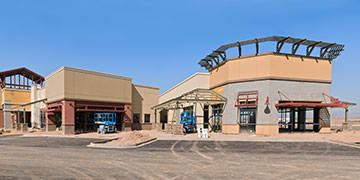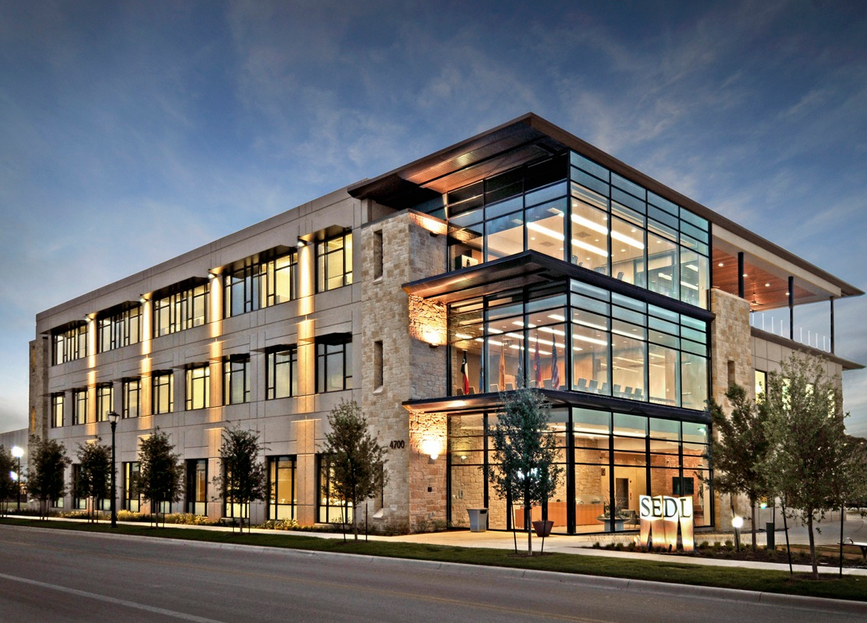Determining how long a building component will last before it requires repair or replacement is one of the primary  tasks in performing a Property Condition Assessment (PCA). Other professions rely on existing tables to render such opinions. For the engineer, the assessment is much more subjective.
tasks in performing a Property Condition Assessment (PCA). Other professions rely on existing tables to render such opinions. For the engineer, the assessment is much more subjective.
The terms Useful Life (UL), Estimated Useful Life (EUL), and Remaining Useful Life (RUL) are commonly used in business. In the appraisal world, the term Useful Life is defined as the economic period during which a positive cash flow is expected for the improvements. For accountants and tax advisors, the term means the period to depreciate the asset.
Generally, the Useful Life of most assets is defined by statute. Many states publish lists of depreciable assets including personal property, land, buildings, and infrastructure. The National Association of State Comptrollers has even published a survey of Useful Life ranges by state.
There is varying specificity as well as varying values among the states. However, the practitioner, whether he or she is an accountant or appraiser, does not have much leeway in making the determination. As we will see, in engineering, the definition may not be as clear-cut.
ASTM Definitions for a PCA
ASTM E-2018-01, the Standard Guide for Property Condition Assessments (PCA), defines the terms as follows:
Expected Useful Life (EUL) – The average amount of time in years that an item, component, or system is estimated to function when installed new and assuming routine maintenance is practiced.
Remaining Useful Life (RUL) – A subjective estimate based on observations, or average estimates of similar items, components, or systems, or a combination thereof, of the number of remaining years that an item, component or system is estimated to be able to function in accordance with its intended purpose before warranting replacement. Such period of time is affected by the initial quality of an item, component or system, the quality of initial installation, the quality and amount of preventive maintenance exercised, climatic conditions, extent of use, etc.
These values are used to calculate estimated capital expenditures and reserve requirements for properties while performing a PCA.
Engineering References
Engineers may use certain published guidelines as a place to start when determining the EUL. The American Society of Heating, Refrigeration, and Air-conditioning Engineers(ASHRAE) has long published a listing of the life expectancy for most HVAC components. Examples of the more common components are as follows:
| Thru-wall AC | 15 | Condensers | 20 | Centrifugal chillers | 23 |
| Rooftop air conditioners | 15 | Cooling towers | 20 | Furnaces | 18 |
| Diffusers, grilles, registers | 27 | Compressors | 20 | Electronic controls | 15 |
| DX coils | 20 | Reciprocating chillers | 20 | Heat exchangers | 24 |
In the 1990s, Fannie Mae, in its Guidance to the Property Evaluator, published a more comprehensive reference list of building “items, components, or systems.” These are primarily for residential applications, however. Marshall & Swift provides similar values for commercial applications, subdivided by the quality of the component. Selected examples of the Fannie Mae data are offered below.
| Asphalt roadways (seal) | 5 | Brick or block walls | 40 | Elevator cabs | 15 |
| Asphalt roadways (repave) | 25 | Vinyl siding | 10 | Buzzers/intercoms | 10 |
| Chain link fencing | 40 | Asphalt shingle roofs | 20 | Water heaters | 12 |
| Concrete retaining walls | 20 | Membrane roofs | 20 | Ranges | 15 |
| Emergency generators | 15 | Windows | 20 | Refrigerators | 10 |
| Wood decks | 20 | Ceramic tile floors | 20 | Tennis courts | 15 |
| Exterior doors (alum. glass) | 30 | Elevator machinery | 30 | Pool mech. equipment | 10 |
The key point is that these are only reference points. They do not account for all the variables listed in the ASTM standard. Therefore, the judgment of the engineer is a critical part of the process. The engineer evaluates how these components are actually used and adjusts the Remaining Useful Life based on that evaluation. The difference can be dramatic and may have a significant effect on the viability of the financing or acquisition.
Cost Segregation Studies a Hybrid Application
In recent years, the line between engineering and accounting and appraisal has blurred slightly by the addition of several new services. Cost Segregation Studies seek to “segregate” the costs attributed to the non-permanent building systems from the building itself so that they can be placed on a more aggressive depreciation schedule. In doing so, the owner is able to recover more cash in the early stages of building ownership that can best be put to use elsewhere. This process combines the estimating skills of the engineer with the tax skills of the accountant. Building components are placed in different categories (5-year, 7-year, 15-year) for depreciation purposes. There is little room for interpretation here but the IRS requires engineering expertise to accurately reflect cost.
Building Life Even More Subjective
Recently, we have been asked to provide estimates of the Remaining Useful Life of whole buildings. This need is most often occasioned by the net lease marketplace wherein, as a condition of the lease, the lessor seeks to ensure that the building will last longer than the term of the lease. Marshall & Swift publishes a guide, used mostly by appraisers, that provides estimates of building useful life based on building type and quality. According to the guide, few buildings have a Useful Life greater than 50 years although we all know of buildings that are 100, 200 or older. The engineer, in this case, must determine if and why the Useful Life would be longer than the published data. He uses current condition, use, and maintenance operations to make that determination. An important point, however, is that this determination is not an economic one. Buildings may be put to different uses over their lifetimes, and the current use may not be the most economical or appropriate use in the future.
What’s the Answer?
So how long will it last? The answer is: it depends. The experience and judgment of the engineer are critical factors in coming up with a reasonable answer to this very important question.
The Engineering Advisor is intended to enhance your knowledge of technical issues relating to buildings. For additional information on any subject, please feel free to call us. Our commitment is to provide you with timely, accurate information.
You can learn more about our Property Condition Assessment (PCA) services.




 Cracks in foundations are by far the most common structural complaint raised in either reserve fund studies or transition studies. They can occur in the youngest or newest condo building. As condo documents usually assign the maintenance responsibility of their repair to the association, board members and property managers take them very seriously. Missouri condo buildings have many types of foundations including concrete block; brick; and mortared stone with the most common being poured concrete.
Cracks in foundations are by far the most common structural complaint raised in either reserve fund studies or transition studies. They can occur in the youngest or newest condo building. As condo documents usually assign the maintenance responsibility of their repair to the association, board members and property managers take them very seriously. Missouri condo buildings have many types of foundations including concrete block; brick; and mortared stone with the most common being poured concrete.
 tasks in performing a Property Condition Assessment (PCA). Other professions rely on existing tables to render such opinions. For the engineer, the assessment is much more subjective.
tasks in performing a Property Condition Assessment (PCA). Other professions rely on existing tables to render such opinions. For the engineer, the assessment is much more subjective.